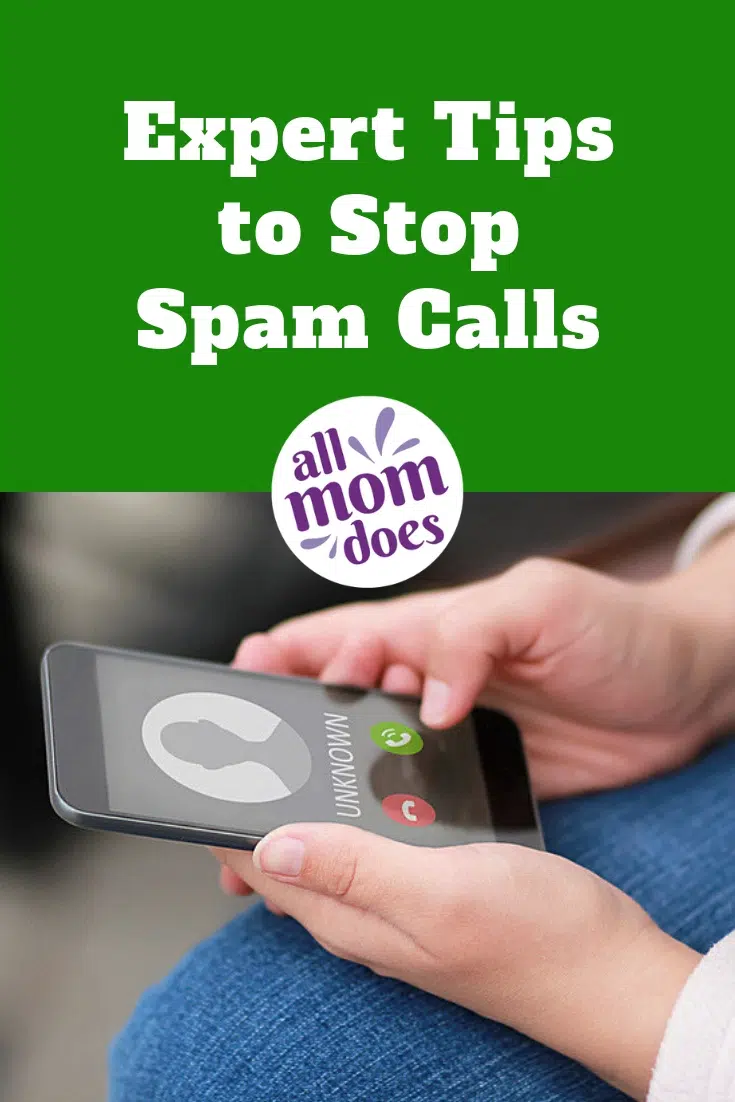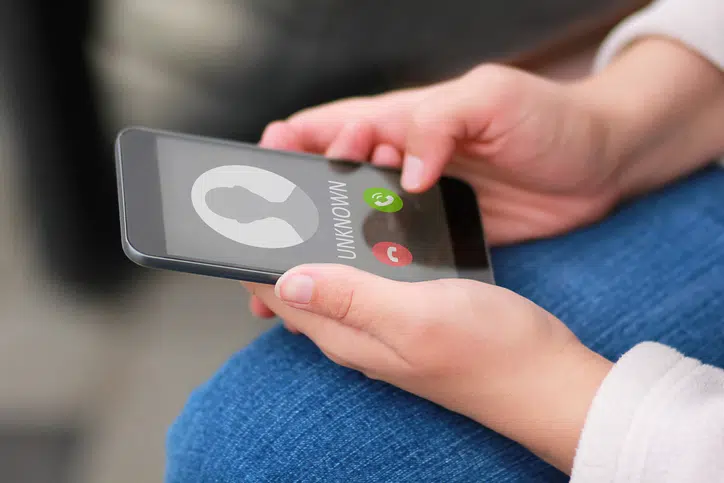My phone rings all the time because I’m so popular … with spammers! Seriously, ninety-five percent of the calls I receive are from people wanting my money. And, it surprises me, because in my mind, telemarketing doesn’t work. I mean, come on, who would buy whatever these people are selling?
Apparently a lot of people. According to AARP, it costs scammers and spammers only a few dollars a day to blast tens of millions of calls with auto-dialers. And, sadly these calls generate about ten billion dollars a year in income! I ask again, who is buying this stuff?!
But, because people are buying, the unwanted phone calls continue to surge. In the first four months of this year, more than 12 billion robo-calls have been made to American homes (according to YouMail reports). That’s about 4 million calls every hour. And, that’s not including live calls from telemarketers (which have also increased).
The crooks who are generating these calls can easily hide their tracks. The calls may display on your caller ID screens as coming from local, trusted businesses and government agencies.
So, how do you defend yourself?
You can try not picking up. But the calls that reach your voicemail greeting could flag your number as a working number — making you ripe for future calls.
When my two-year-old grandson is over, I let him answer the phone and babble endlessly. It probably won’t stop future calls, but it entertains him (and me) immensely.
Here’s what the experts say to do:
- First, register your number on the Do Not Call List, either by calling: 1-888-382-1222 or online at: donotcall.gov.
- Answer with silence. When you say hello or anything else, automated voice-activated calls launch the robocall recording or transfer you to a call center. But saying nothing usually disconnects these calls with no robo-message or callbacks from that phony number. If it is an unsolicited “live” caller, let them speak first. If you don’t recognize the voice, hang up.
- Trap ’em with an app. Some anti-spam services are free; others cost a few bucks per month. The most popular ones are: YouMail, Nomorobo, Hiya Caller ID and Block, Truecaller and Robokiller (this one messes with spammers by answering calls with recorded gibberish, I like that!).
- Pretty much all service providers also have their own spam-blocking available (most of them have a monthly charge).
- You can also block specific phone numbers on cell phones (do a search for instructions for your model). For landlines, simply press *77 to block private and anonymous numbers.
- Beware of area codes: 268, 284, 809 and 876. These originate in Caribbean countries and may have high per-minute charges attached to them.
- A dropped or one-ring call is a common ruse to prompt a callback. Don’t fall for it.
- The most common cons are pitches that promise to reduce debt and credit card rates, get you preapproved for loans, offer free vacations, time-shares, home security systems and medical supplies. Or, calls from government and utility company imposters.
The experts who shared these tips say that by using them they have reduced their spam calls by 90 percent. That’s a huge difference and I’m going to try it.
In closing, I received a call while writing this that my student loan repayment options have changed. A nice sounding lady left a message with a call-back number and even a case number for reference. She seemed so helpful, except I’m in my sixties and have no student loans!
Be careful, people. And, please don’t fall for any of these scams.

 Read more of Ann’s contributions to allmomdoes here.
Read more of Ann’s contributions to allmomdoes here.

















